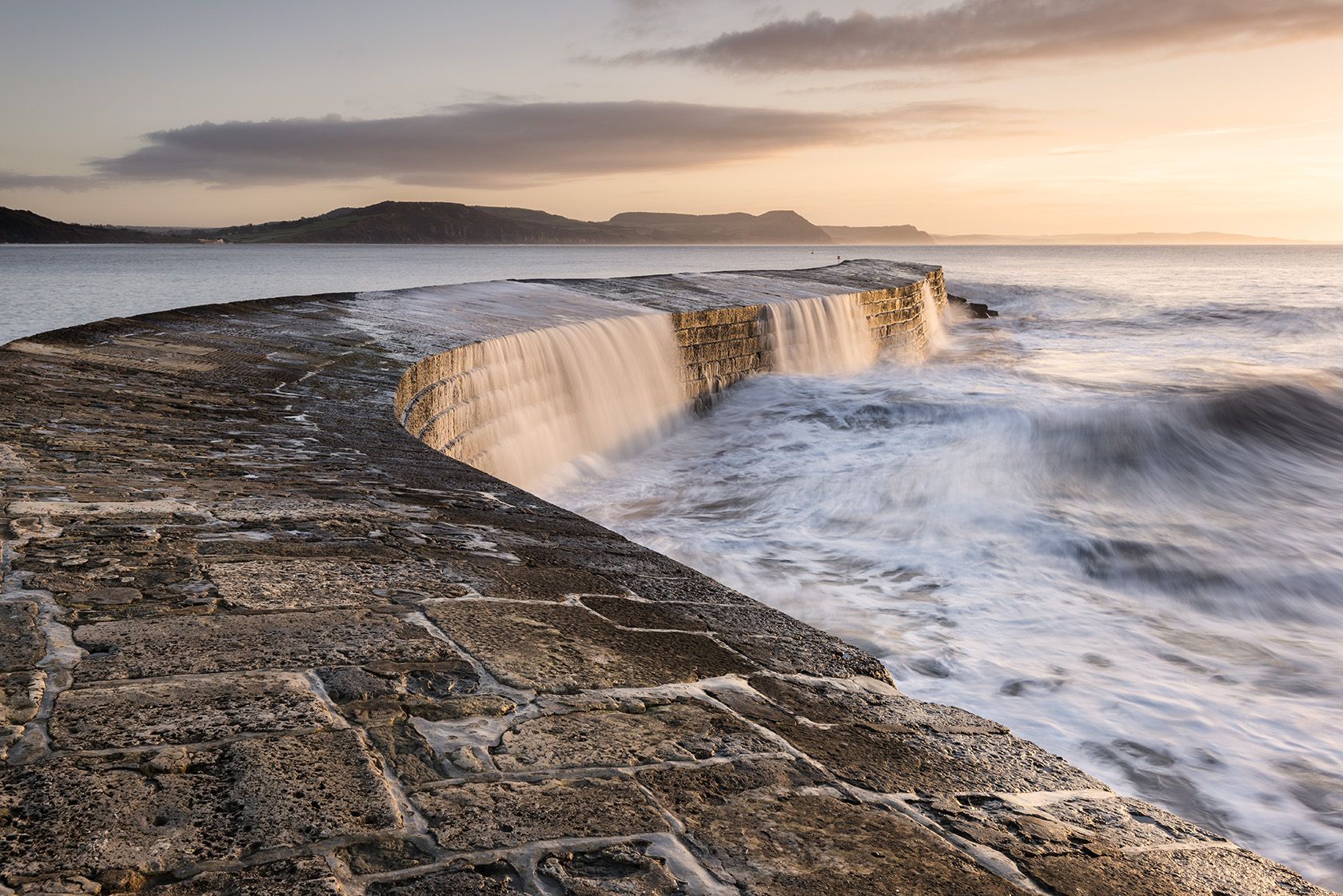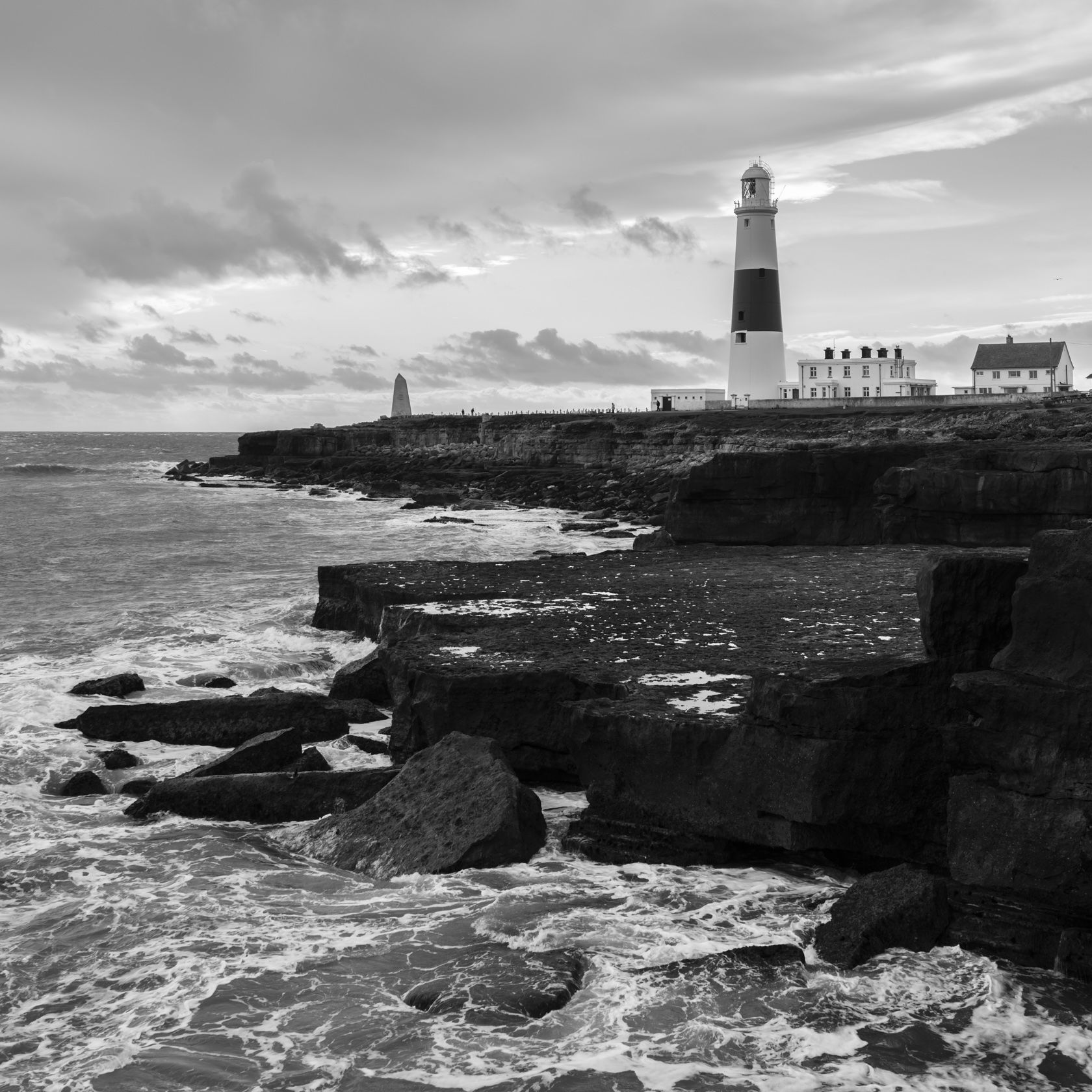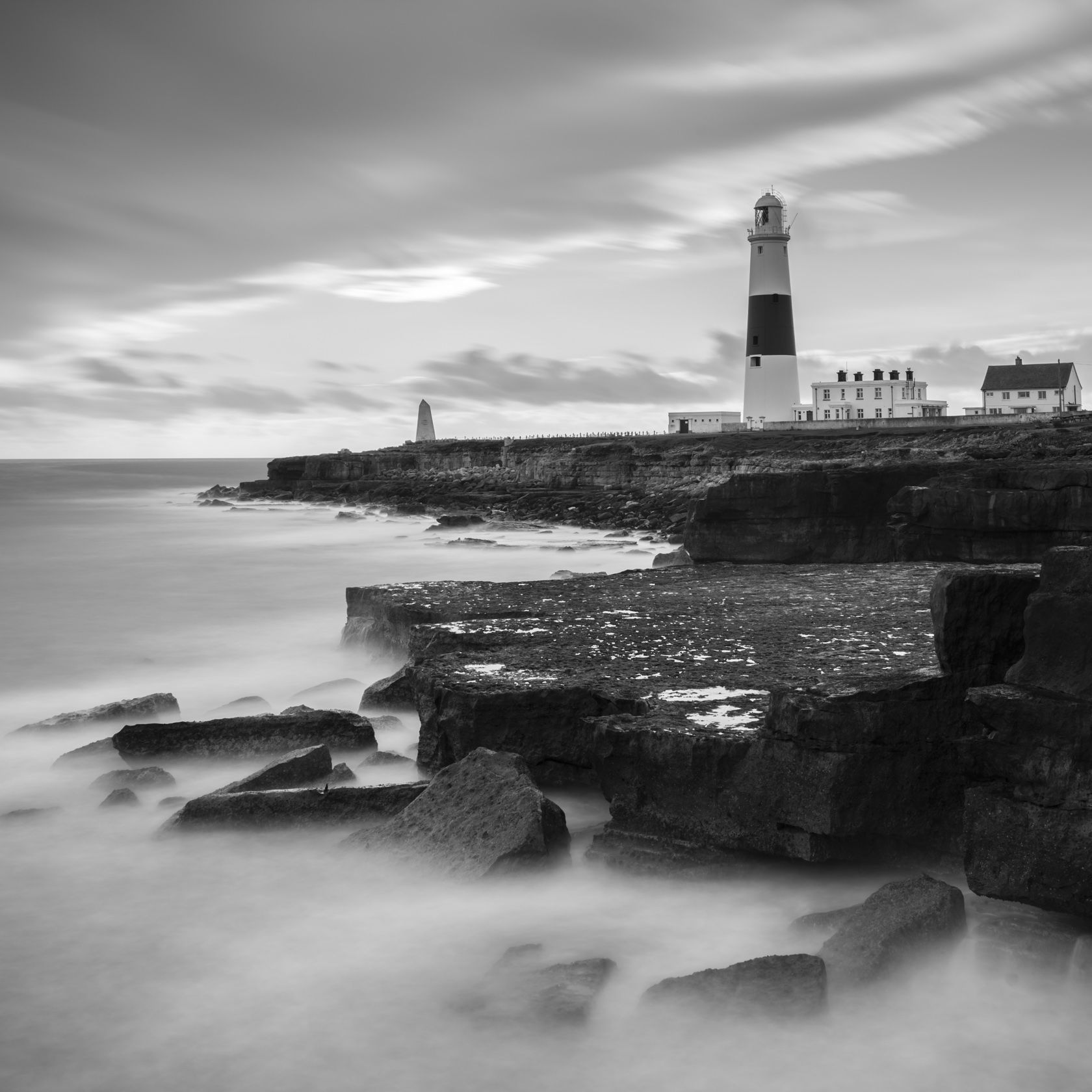One of the key ingredients to capturing great shots is creativity. Photographers can be creative in almost limitless ways, which is why taking photos should never get boring or predictable. The way you light, frame or expose your subject will massively influence the look, feel and mood of the final image. Motion can prove another powerful creative tool and it is possible to imply movement even when capturing stills. How do you do this? By being creative and thoughtful over the shutter length you use. Slower shutter speeds will blur subject motion, creating a genuine feeling of motion. The best, most reliable, way to generate creatively long exposures is using Neutral Density filters. These filters are designed to absorb light in order to allow photographers to select artificially long exposures. The results can be breathtakingly beautiful, highly dramatic and wonderfully ethereal. If you don’t own one of these filters already, let me explain why I think they justify a place in your camera bag…
- Without Manfrotto ND500
- With Manfrotto ND500
You can capture the same scene in a completely different way by simply using a different exposure length. By using a faster or slower shutter, you can record subject motion differently, and even create the impression of movement. The best way of generating creative exposures is through the use of ND filters. I photographed this same scene with and without Manfrotto’s ND500, which absorbs 9-stops of light. The mood and feel of the images is very different. Which do you prefer?
Neutral Density – or ND filters as they are more commonly referred to – are one of the most useful and creative filter types available. The effects they create cannot be replicated during processing or through using other techniques – you need to attach a physical ND filter at the time you take the photo if you wish to artificially lengthen exposure time. They are intended to absorb light. By doing so they allow photographers to control the amount of light entering the camera, enabling them to manipulate shutter length to vary how subject motion is recorded. For a grey, boring looking piece of glass, they can have a huge impact on the look of your shots. They are designed to be completely neutral – good quality ND filters should only alter the brightness of light, not its colour. They are made in a range of densities, the darker the filter, the more light it will absorb.

A filters density (or filter factor) will be indicated on the packaging and also on the mount of circular, screw-in type ND filters. Each doubling of the filter factor number is equivalent to a stop of light. For example, a filter with a 2x density will absorb 1-stop of light; a 4x ND filter will have a light loss of 2-stops; a 8x ND filter is equal to a 3-stop light loss and so on. Therefore, a 64x ND will absorb 6-stops of light and a 500x version will lengthen exposure by almost 9-stops – representing a significant shift in exposure.
Filters with lower densities of 2x (1-stop) or 4x (2-stop) do not really generate a significant shift in exposure, making them less useful and popular. However, ND filters with a density of 8x (3-stops) and stronger are highly useful and popular, particularly among landscape photographers. While you might think that the landscape is a fairly static place, it is actually full of moving elements. For example, leaves and foliage, crops, grasses, cloud and running water. In bright or strong daylight, your shutter speed will be too fast to generate any subject motion, even if you select a small aperture and low ISO. The only practical way to slow down exposure is to use an ND filter.

At first glance, ND filters look like rather dull, boring pieces of grey glass. However, their creative potential is endless.
Manfrotto is a brand that you immediately associate with camera supports and lighting. However, more recently, they have launched their own range of circular, screw-in photo filters. First they introduced Polarising, Protective and UV filters in three ranges – Essential, Advanced and Professional. They’ve now added ND filters to their line-up in three different densities – ND8, ND64 and ND500. Each filter is designed to be water and oil repellent. This is not only to help protect the lens, but to prevent images from being ruined by water or marks on the filter. Like the other filters in their range, they are constructed with a metal rim to make them stronger, more durable and maximise long-life. In fact – reassuringly – each filter is supplied with a 3-year warranty. Each density is also available in the seven most popular filter thread sizes – 52mm, 58mm, 62mm, 67mm, 72mm, 77mm and 82mm. While Manfrotto’s ND8, ND64 and ND500 are all constructed to the same high standard, their varying densities make them very different filters.

Another nice feature of Manfrotto’s NDs is that they are supplied with a neat, reusable plastic case to keep the filter protected and safe.
Manfrotto’s ND8 is equivalent to a light loss of 3-stops. Just to remind you, a stop is a doubling/halving of an exposure value. When using ND filters, it is shutter length you want to affect and alter – not ISO speed or aperture size. Therefore, you are best to opt for Aperture Priority or Manual exposure mode when using NDs. To manually calculate the effect of using an ND filter, you double exposure length by the filter’s density. Therefore, when using Manfrotto’s ND8 (3-stops), you need to double the shutter speed three times. To give you an example, if your original, unfiltered shutter speed is ¼-sec, using an ND8 will lengthen shutter speed to 2-seconds (doubled once is ½-sec, doubled again is 1-second, and doubling exposure length a third time results in a value of 2-seconds). If your original exposure length is 1-second, using an ND8 will extend shutter speed to 8-seconds. In both examples, using the filter would create quite a shift in exposure length, with the potential to dramatically alter the look and feel of any subject motion. Manfrotto’s ND8 is not dark or dense enough to deceive a camera’s TTL metering. Therefore – in practice – you will not need to do any manual exposure calculations when using this filter: your camera’s metering should automatically compensate and results should still be correctly exposed. My camera certainly had no problems achieving correctly exposed results when I use the ND8.

With longer exposures, a good sturdy tripod isn’t just useful; it is absolutely essential. Therefore, when using Manfrotto’s ND8, ND64 or ND500, I always do so in combination with a good support. I normally use either Manfrotto 055 legs or a Gitzo Systematic when using long exposures.
Manfrotto’s 3-stop version is a great option when you wish to create an intentional level of motion, but not too much. More extreme NDs will completely flatten the movement of things like water, often to the point where detail and texture is indistinguishable. While this can be effective, often you will want to be subtler with your approach. Personally, I love taking photos of movement using a shutter length in the region of ½-sec – 2-seconds. This type of shutter length is normally just enough to create an intentional and creative level of motion, without it looking too extreme. A shutter speed of this length will blur water movement, while retaining key detail and texture within – for example, the drag-back effect of a wave rushing over pebbles, or the pattern of bubbles swirling round the base of cascading water. Its not just water motion that NDs will affect. An ND8 is ideal for adding a small, but visually effective level of motion to swaying crops, flowers or foliage. Admittedly, the filter is not as useful in strong, bright sunlight – when its density isn’t strong enough to significantly alter or extend faster shutter speeds. However, in my opinion, Manfrotto’s ND8 is the perfect density for golden hour photography, or when shooting rivers and waterfalls under a leaf canopy, when light-levels are naturally already lower.
- Without Manfrotto ND8
- With Manfrotto ND8
When shooting this view of The Cobb in Dorset, I felt the water in the unfiltered images looked messy and the shot uncreative. I didn’t want to blur the water too much, though – wishing instead to retain the feeling of motion and texture within the waves and water rushing over the breakwater. Therefore, I attached an ND8. This extended shutter length from 1/15-sec to ½-sec – a shift in exposure which resulted in a very different looking shot.
One of the most impressive things about Manfrotto’s ND filter range – other than their obvious build quality – is how neutral they are. By their very name, you expect ND filters to produce zero colour cast, but they often create significant shifts in colour – particularly cheaply produced, higher density versions. However, Manfrotto’s NDs are impressively neutral, recording colour faithfully. I found results looked truly authentic in-camera – there is no strong magenta or blue cast to correct during post-processing in order to achieve natural looking photos.

Extreme ND filters have a reputation for creating colour shifts, which can prove troublesome to neutralize. However, photographs using Manfrotto’s ND range display minimal colour change and the filters capture detail and contrast exceptionally well – as you can tell in this golden hour photo of the Dorset coastline.
Photographers have been using ND filters for years to manipulate and slow-down exposure length. Their creative possibilities are endless. However, it is only in the past few years that so-called extreme NDs have become popular. Their greater density allows photographers to generate slow exposures even in bright daylight. Any ND filter with a density of 6-stops or greater is generally considered to be extreme and Manfrotto have added two of these to their filter range. Their ND64 is equivalent to 6-stops of light loss, while their ND500 will absorb 9-stops of light. These really are must-have filters for landscape photographers. Not only are they capable of producing wonderful, surreal and dramatic results, but they are also lots of fun to use. They are both capable of quite significant shifts in exposure length. For example, an unfiltered shutter speed is ¼-sec would be artificially lengthened to approx. 15-seconds if you attached Manfrotto’s ND64 – or a 2-minute long exposure if you used the ND500 instead. Dramatic changes can occur to a scene during an exposure of this length. While the shutter is open, drifting cloud will be rendered like brushstrokes and moving water recorded smooth and glass-like. People or traffic passing through the scene will practically disappear. This is a truly creative filter type. Like the ND8, they are simple to use – you just screw them onto the front of your lens. However, being denser and darker, you will hardly see anything if you peer through the viewfinder – once attached, the viewfinder will be dark. Therefore, focus and compose your shot before attaching the filter. That said, the LiveView on the latest generation of cameras is so good that it will often adequately compensate for the filter’s density and provide a LiveView image that is light and clear enough to frame and focus your shots even with the filter in place. When using Manfrotto’s ND64 and ND500 I always focus using LiveView, as doing so allows me to easily adjust viewpoint, composition, focal length or point of focus without having to remove the filter. This is so much more convenient than constantly attaching and removing filters.

When using extreme ND filters – like Manfrotto’s ND500 – exposure length will often exceed your camera’s longest automatic exposure, which is typically 30-seconds. In order to use shutter speeds longer than 30-seconds, you will need to use the camera’s Bulb (B) setting – as I did when I took this shot. This setting allows you to lock open the shutter manually for as long as desired using a remote or infrared device. One of the easiest ways to calculate and time exposure length is using a handy phone App like NDCalc.
While extreme NDs can be useful for a wide variety of subjects, they are undoubtedly most popular for blurring the motion of water and scudding cloud. Their effect can look extraordinary. An exposure length of 30-seconds or longer will flatten even large crashing waves, allowing you to produce very interesting shots of the coast. I love using extreme ND when I am shooting coastal subjects that have strong, bold shapes – like a pier, groyne, lighthouse or jetty. The long exposure will calm down the water’s appearance, placing extra emphasis on the structure and design of your main subject. In my experience, extreme NDs are often actually more effective in low-contrast light. In fact, they are often referred to as ‘grey day’ filters, working particularly well in overcast light, when cloudy textured skies add mood and drama to results. Due their density, TTL metering systems tend to struggle more, so you may find you have to calculate exposure manually. This isn’t as daunting as it sounds, though. Simply, take a correctly exposed unfiltered shot and then multiply this by the filter’s factor. For example, if the unfiltered exposure was ¼-sec and I was using an ND500, the calculation would be ¼-sec x 500 = 125-seconds (or approx. 2-minutes). Using Bulb mode, I would then manually time an exposure 2-minutes long to achieve a correctly exposed result with the filter attached. During such lengthy exposures, there is the possibility of the light changing, so always check histograms afterwards and reshoot if you spot any significant under- or over-exposure.
- Without Manfrotto ND64
- With Manfrotto ND64
Extreme exposures suit black and white conversion. In this instance, I attached Manfrotto’s ND64 filter in order to transform this rather ordinary looking scene into one with a fine-art, moody feel.
The quality, construction and colour rendition of Manfrotto’s new range of NDs is very impressive. The three densities they have opted to produce are the most useful in my view. If I could only carry one of these filters, I would say I enjoyed using the ND64 most. 6-stops is a nice density, with the ability to transform scenes, without the effect looking too extreme or clichéd. However, if budget allows, I would invest in all three. Why? Well, each strength is suited to different scenarios and levels of light. With all three in your camera bag, you will be able to adapt to changing light and have far greater control over just how you capture motion. You will be able to experiment and play more with shutter length in order to capture just the results you want. These three filters have the potential to seriously enhance your creativity!
Find out more about Manfrotto ND Filters
Copyright: text and image Ross Hoddinott















